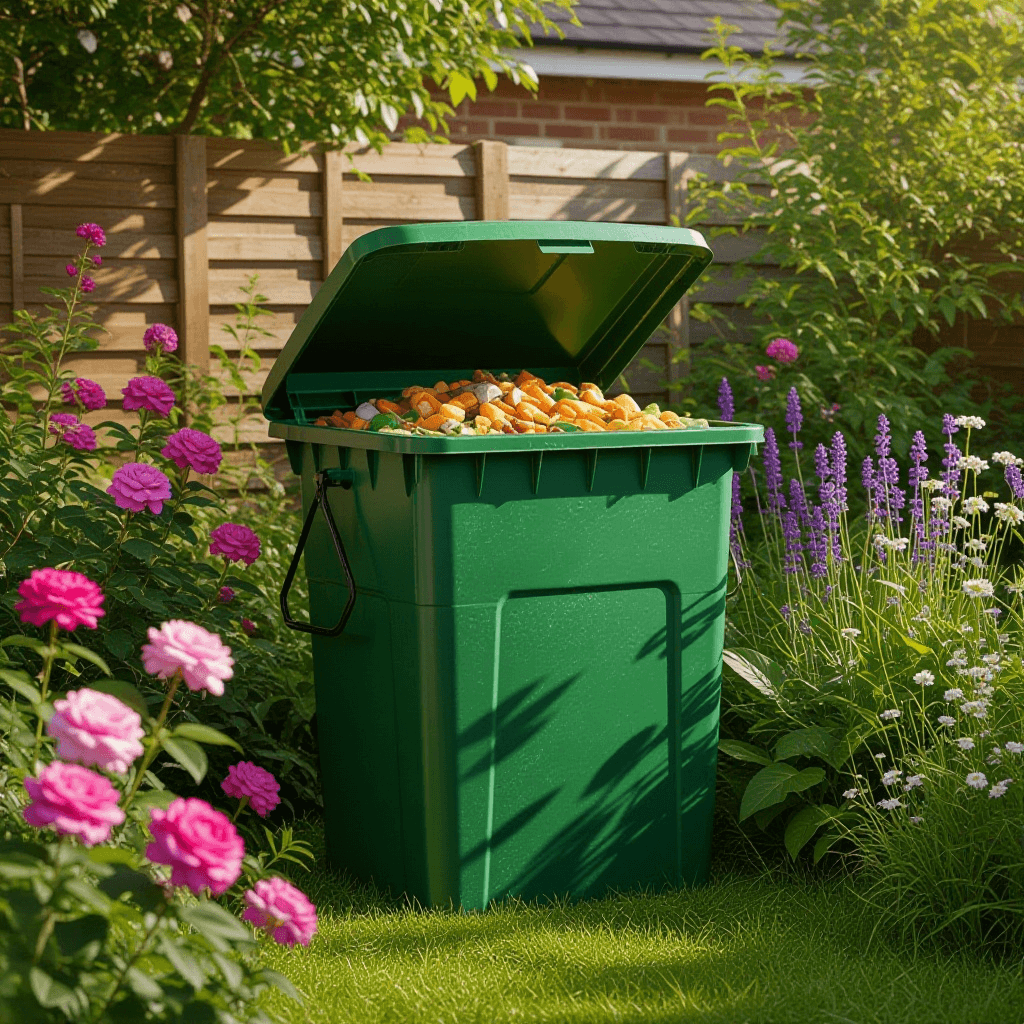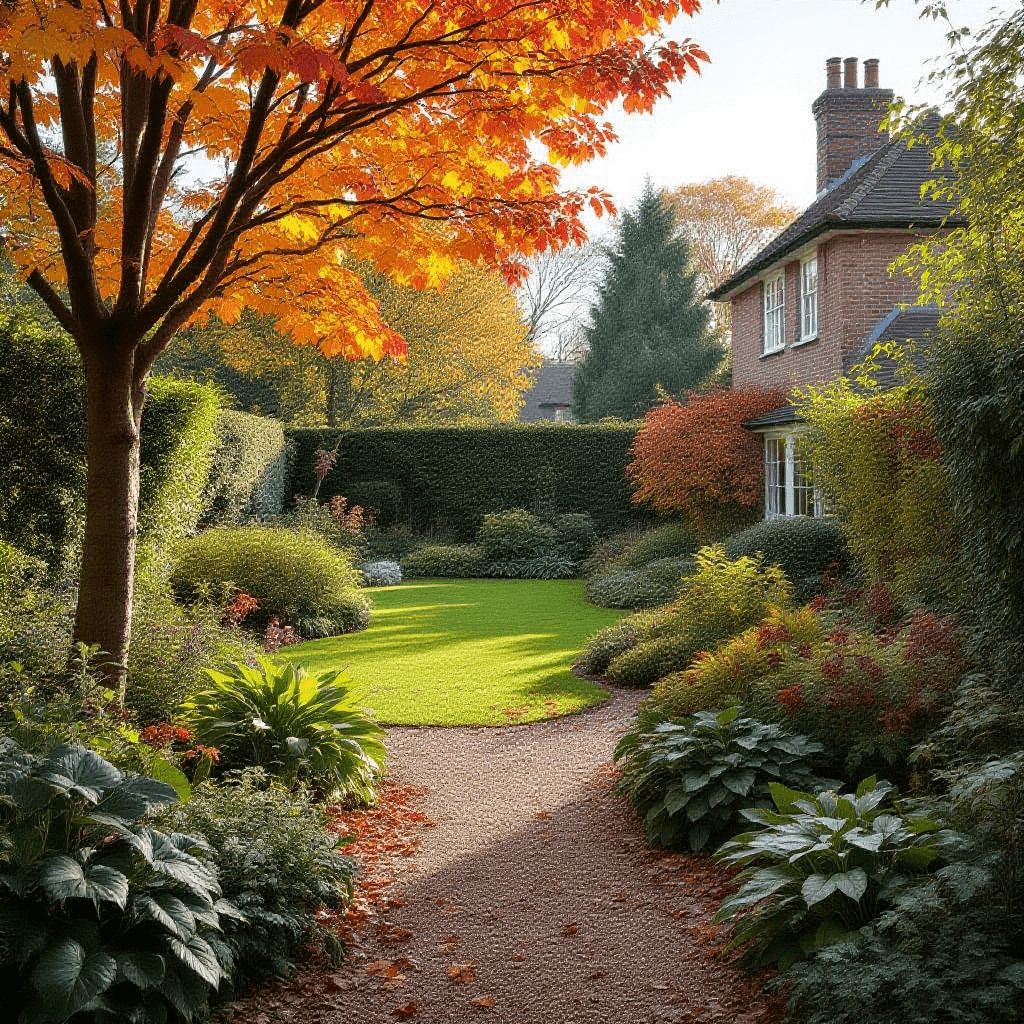Understanding Spring Bulbs: Varieties and Their Characteristics
Spring bulbs are a popular choice for gardens across the UK, thanks to their ability to bring vibrant color and life to outdoor spaces after the winter months. Among the most well-known varieties are daffodils, tulips, hyacinths, and crocuses, each offering unique visual and aromatic qualities that contribute to a rich spring landscape. Understanding the characteristics of these bulbs is crucial for selecting the right ones for your garden, as each has specific bloom times, colors, and growing conditions.
Daffodils are often the first to bloom in spring, typically appearing from March to April. They come in shades of yellow, white, and orange, making them a cheerful addition to any garden. These bulbs thrive in well-drained soil and can tolerate a variety of light conditions, although they prefer full sun to partial shade.
Tulips also make a stunning display, blooming in late spring, usually April to May. With a wide range of colors – from vibrant reds to soft pastels – tulips are highly versatile and can complement any garden style. They prefer sunny locations and well-drained, fertile soil, so it’s vital to ensure proper growing conditions to achieve the best results.
Hyacinths, known for their intense fragrance, bloom in early spring, typically in March and April. Available in various colors, they thrive in full sun and well-drained soil. Their compact growth habit makes them ideal for borders or pots. Lastly, crocuses are among the first flowers to emerge, often blooming as early as February. These cheerful flowers bring color in shades of purple, yellow, and white and are well-suited for rock gardens or naturalized areas, preferring well-drained soil and full sun.
Choosing the right spring bulbs for your garden not only enhances beauty but also ensures that they flourish under local weather conditions and soil types in the UK. Selecting varieties that align with these factors will result in a vibrant and thriving spring garden.
Selecting the Right Location for Your Bulb Garden
Choosing the ideal location for your spring bulb garden is paramount to achieving vibrant blooms and a thriving garden. One of the first factors to consider is sunlight exposure. Most spring bulbs, such as daffodils and tulips, thrive in full to partial sunlight, requiring at least 6 hours of direct sunlight daily. Thus, selecting a spot that is exposed to the morning sun is often beneficial, as it helps in warming the soil, which can accelerate growth and flowering.
Another critical aspect to consider is drainage. Bulbs are prone to rot if left in standing water, so it is essential to assess the drainage of potential planting locations. Avoid areas that collect water or have heavy clay soil. Instead, choose raised beds or locations on slopes, which provide better drainage. If existing conditions are not ideal, consider amending the soil to improve aeration by incorporating organic matter such as compost or well-rotted manure, which will enhance overall drainage.
Furthermore, spacing is vital for the successful growth of spring bulbs. When planting, ensure you provide adequate space between the bulbs to allow for air circulation and prevent overcrowding, which can hinder growth and promote disease. Typically, a spacing of 3 to 5 inches between each bulb is recommended, depending on the variety.
Assessing soil quality is equally essential. Bulbs prefer well-drained, nutrient-rich soil that is slightly acidic to neutral. Conducting a soil test can provide insights into pH levels and nutrient content, allowing you to make necessary adjustments. If the soil is overly acidic, adding lime can help, whereas sulfur can be used to lower pH levels. By paying attention to these factors, you can successfully select a location that will foster the optimum growth and health of your spring bulb garden.
Planting Techniques: Step-by-Step Guide
Planting spring bulbs effectively is essential for establishing a vibrant garden. The ideal time to plant bulbs in the UK is during autumn, specifically between late September and early December. This timeframe allows the bulbs to establish roots before winter. To begin the planting process, select a well-draining location that receives plenty of sunlight, as most spring bulbs thrive in bright conditions.
When planting, it is crucial to determine the correct depth based on the specific type of bulb. Generally, larger bulbs like daffodils and tulips should be planted at a depth of around six to eight inches, while smaller bulb varieties, such as crocuses, can be planted about three to four inches deep. As a rule of thumb, bulbs should be buried to a depth approximately three times their height. Environmentally friendly soil testing can help ensure optimal pH and nutrient levels for bulb growth.
Arranging bulbs thoughtfully can enhance the overall aesthetics of the garden. Consider grouping bulbs in odd numbers or clusters to create a more natural look. Mixing various species can provide a continuous bloom throughout the season, contributing to an engaging landscape. After placing the bulbs in the ground, cover them with soil, ensuring they are held firmly in place.
Watering practices are critical after planting. It’s advisable to thoroughly water the bulbs to help them settle in; however, avoid overwatering, as this can lead to bulb rot. Fertilizers can be beneficial as well. A slow-release bulb fertilizer may be applied during planting to provide essential nutrients that promote healthy growth and flowering.
Common mistakes to avoid include planting bulbs too shallowly or too deeply and failing to water them post-planting. Additionally, ensure that the chosen site is free from excessive shade or waterlogged areas, which can hinder bulb development. By following these techniques, gardeners can successfully cultivate a beautiful spring bulb garden in the UK.
Caring for Your Spring Bulb Garden: Tips for Success
Ensuring the health and vibrancy of your spring bulb garden requires ongoing care and attention. One of the key aspects of bulb care is establishing an appropriate watering schedule. Initially, it’s vital to keep the soil consistently moist after planting to aid root establishment. However, once the bulbs are established, they typically need less water, especially as summer approaches. Overwatering can lead to bulb rot, so it is crucial to allow the soil to dry out between watering sessions. A general guideline is to water once a week during dry spells.
Pest management is another essential component in supporting your bulb garden. Common pests such as aphids and slugs can threaten the vitality of your bulbs. Regularly inspect your plants for signs of infestation and address issues promptly. Organic solutions, such as insecticidal soap for aphids or diatomaceous earth for slugs, can provide effective options for managing pests without harming the garden’s ecosystem. In addition, beneficial insects like ladybugs can be introduced to help control pest populations naturally.
Deadheading, or the removal of spent blooms, is a beneficial practice for encouraging further growth and maintaining the garden’s appearance. By cutting back flowers as they fade, you allow the plant to direct its energy toward bulb development instead of seed production. Additionally, after the growing season concludes, it is important to prepare your bulbs for the following year. This might include letting the foliage die back naturally to provide essential nutrients to the bulbs below ground. For any leftover bulbs, proper storage is vital; keep them in a cool, dry location, ideally in paper bags, until it is time for replanting next season.


